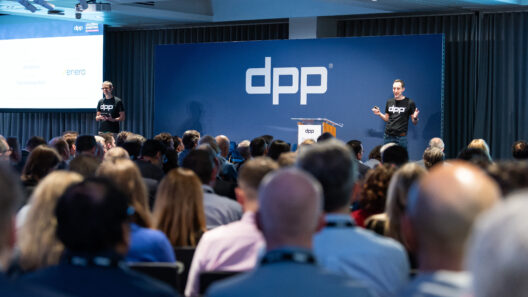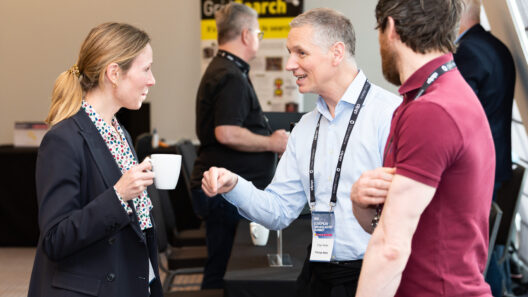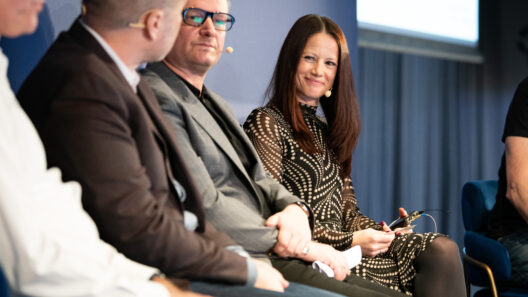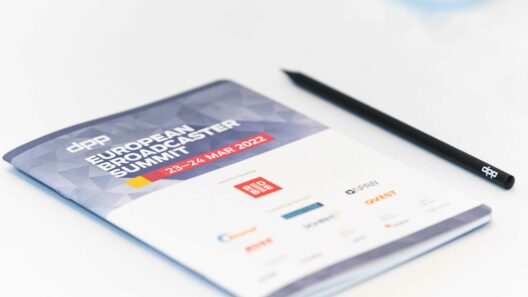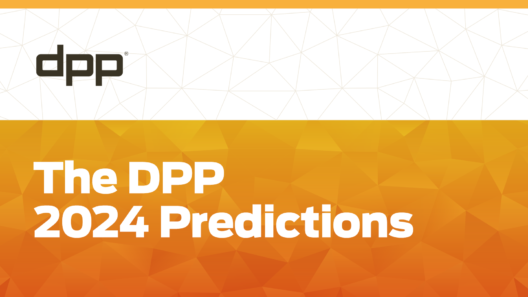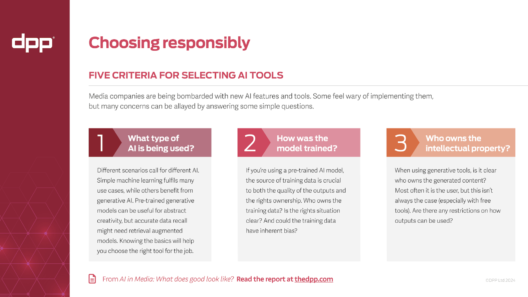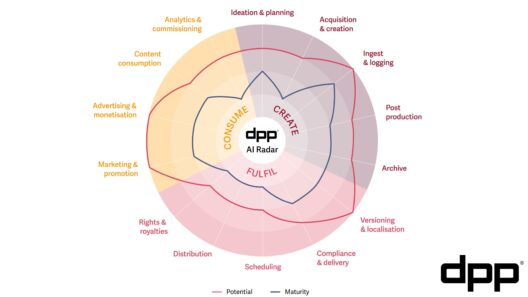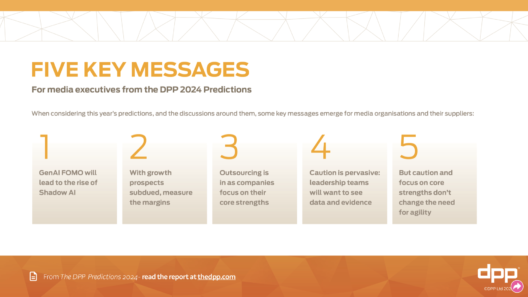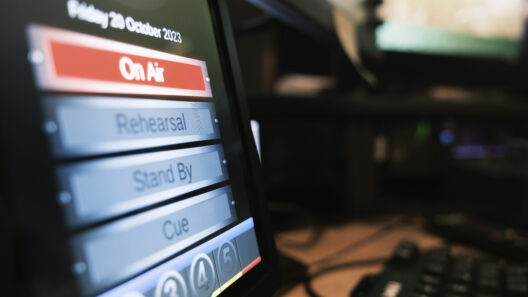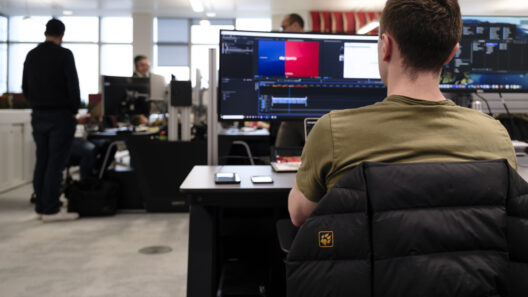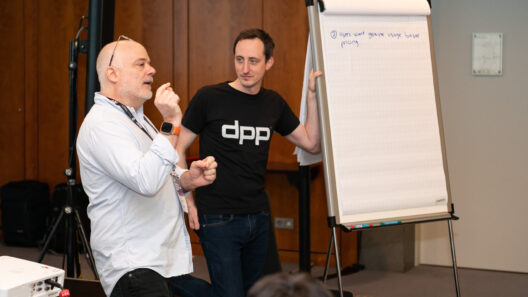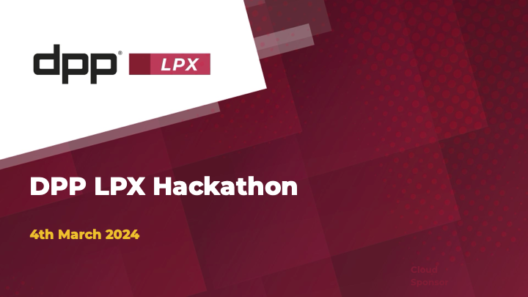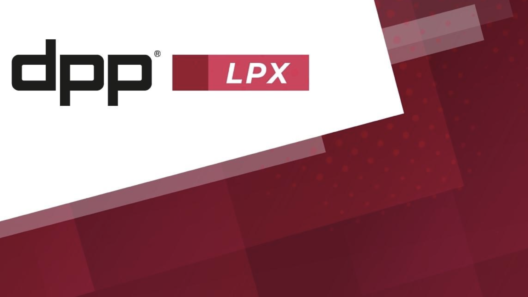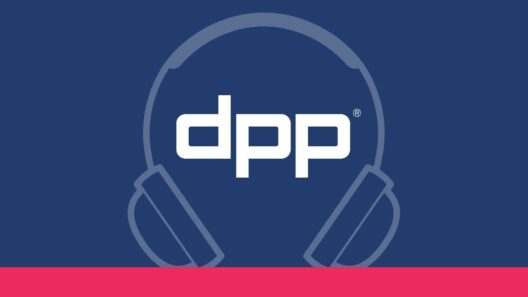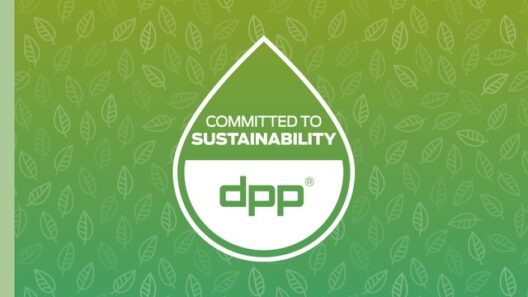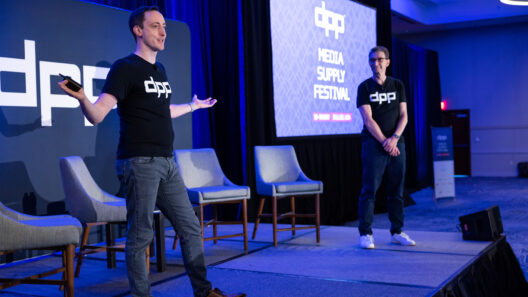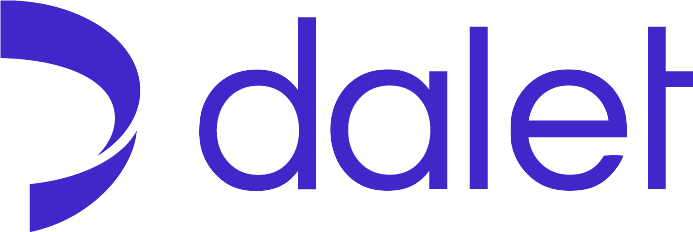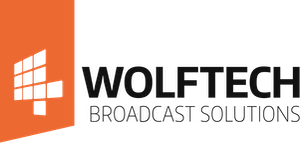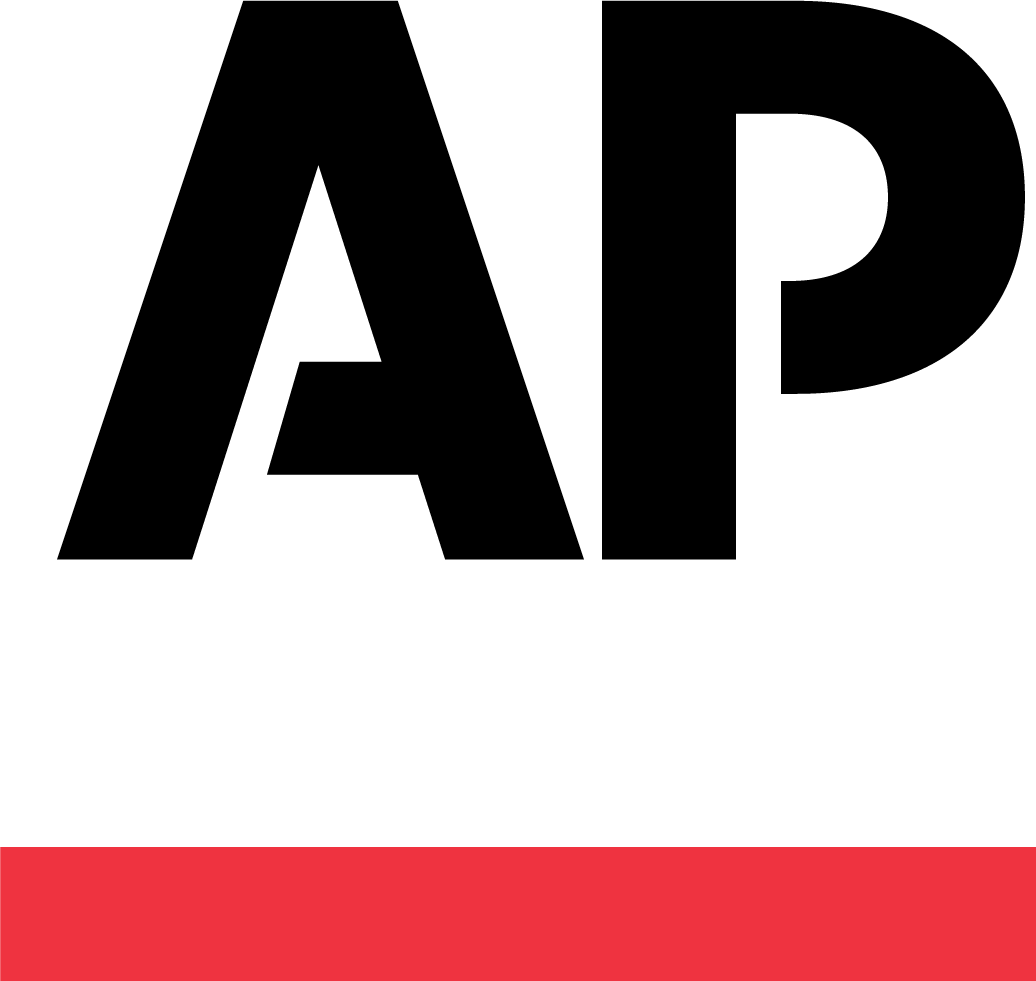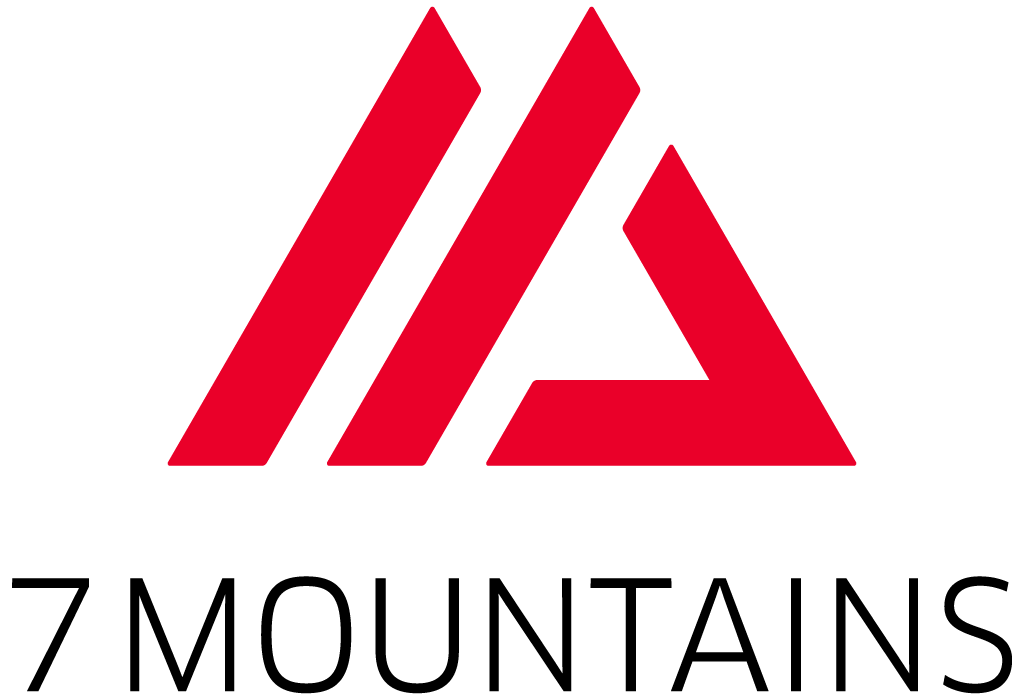The DPP has today released the third and final report in the Tomorrow’s News series - Making The News. More than any other content type, news is experiencing disruption in formats and outputs. In this final report, 34 contributors were brought together to examine the technology and workflow changes necessary to keep up.
“The need to ‘do more with less’ is a practical reality for many news providers,” says DPP CTO Rowan de Pomerai, the report author. “If they want to succeed, the future newsroom must have the technology and processes that can provide the necessary speed, efficiency, and agility.”
DPP members who contributed to Making The News agreed that a story centric approach can unify a newsroom and enable efficient multiplatform production. Instead of organising teams and workflows around a linear broadcast rundown, a story centric approach focuses on the story itself, and the idea that it will go to multiple destinations.
“A story centric approach accommodates multiple angles on a story, for all the different platforms,” says Robin Kirchhoffer, Chief Marketing Officer at Dalet. “It’s about giving access to all the objects and media around the story, making sure it’s all properly referenced, properly indexed. Anything that’s being gathered by the team can be shared, and used for the different versions of the story.”
The Covid-19 pandemic was an important catalyst for change, with cellular bonding and smartphones revolutionising newsgathering. Indeed, the report notes that innovations in how news assets are captured is feeding into a newsroom process that has changed little. The next revolution is moving live production into the cloud, if news organisations are open to it.
Paul Charleston, Principal at Qvest, says this is how news organisations can move beyond the incremental changes of swapping out one system in the workflow with another to become truly story centric.
"The real innovation with cloud, APIs and portable microservices is to be able to stitch together the best pieces to create better, self-owned tools suited to your needs."
And as revealed in The News Business, metadata does really matter. It’s important for discoverability, monetisation, and automation in news workflows. But to encourage journalists to get on board, frictionless or automated metadata capture is required.
The report found that perhaps the best approach is to merge into one newsroom, centralising news gathering and story management. Collaboration, sharing, and cross-skilling are all important to achieving this, and should be led by leadership teams at the top of the organisation.
“Merging into one newsroom is what most operations are talking about at the moment, where newsgathering and story management are centralised,” says Morten Brandstrup, Head of News Technology at TV 2 Denmark.
DPP members can download Making The News here.
The Tomorrow’s News series examines the business and technology models of future newsrooms and is enabled by Lead Sponsor Qvest, Expert Sponsors Avid, Dalet, and Wolftech Broadcast Solutions, and Contributing Sponsors the Associated Press and 7Mountains.
